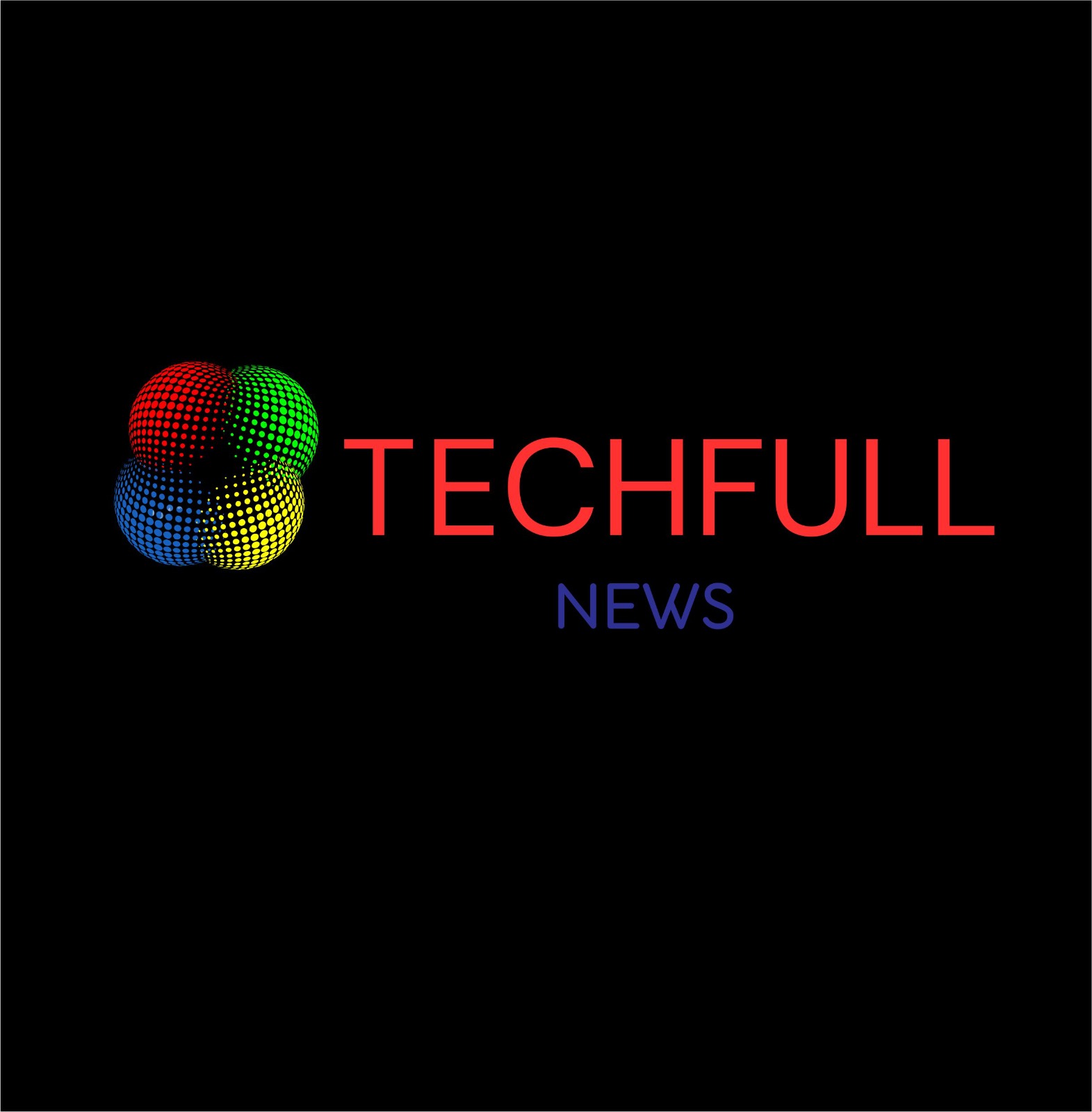The Volkswagen ID.4 EV, a competent SUV in its own right, has often found itself playing second or even third fiddle to other electric SUVs like the Tesla Model Y, Hyundai, or Kia offerings. One key factor contributing to this might be its relatively modest range compared to its competitors. Until recently, the ID.4 boasted a maximum range of 275 miles, but this figure only applied to the rear-wheel-drive-only Pro model. The range dropped to 245 miles for the all-wheel drive Pro S variant, placing it below competitors like the Tesla Model 3 and even the Chevy Bolt, solely in terms of range.
However, Volkswagen is now looking to change this narrative. In addition to an enhanced range, the ID.4 is also receiving a significant power boost. While precise range numbers are yet to be disclosed, VW has announced that “EPA-estimated ranges for the 2024 ID.4 will be available closer to market introduction.” It’s worth noting that the battery will retain its previous 82 kWh capacity.

One notable development is the substantial increase in power. Volkswagen achieved this by thoroughly revamping the powertrain and electric motors. The previous model, introduced in the 2021 model year, generated 201 horsepower for the single-motor version and 295 horsepower for the AWD version with two motors. The 2024 model now boasts 282 horsepower for the rear-wheel-drive variant and approximately 330 horsepower for the all-wheel-drive versions.
Furthermore, as the ID.4 is assembled in Volkswagen’s Chattanooga, Tennessee plant, it is expected to be eligible for a $7,500 tax rebate, in accordance with eligibility rules that consider battery sourcing and vehicle assembly origin.
While Volkswagen has not yet disclosed the full array of details for the slightly revamped ID.4, including pricing, it’s evident that even a modest increase in range, coupled with the substantial horsepower gains, will likely be well-received by consumers. For context, the 2023 ID.4 “Standard” trim starts at $38,995. These enhancements promise to position the ID.4 as a more competitive contender in the ever-evolving electric SUV market.

